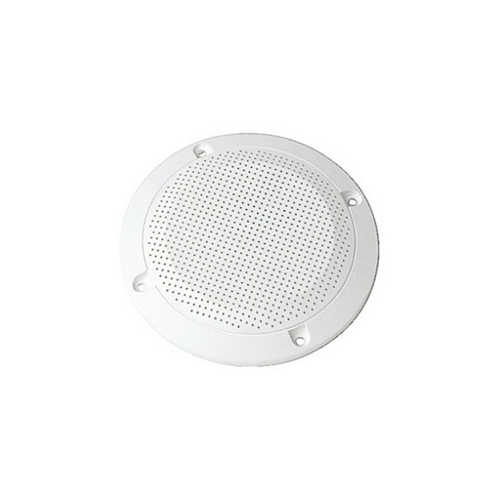Exploring the Fire-fighting Robot: A Comprehensive Guide
When it comes to fighting fires, every second counts. That’s why the development of fire-fighting robots has become a game-changer in the field of firefighting. These advanced machines are designed to navigate through hazardous environments and extinguish flames, minimizing the risk to human firefighters and saving valuable time. In this comprehensive guide, we will explore the fascinating world of fire-fighting robots and their crucial role in fire emergency situations.
What are Fire-fighting Robots?
Fire-fighting robots are specialized machines equipped with advanced sensors, cameras, and firefighting tools. They are designed to autonomously or remotely navigate through fire-ridden areas and perform various firefighting tasks. These robots are built to withstand high temperatures, smoke, and other hazardous conditions that would be life-threatening to human firefighters.
How do Fire-fighting Robots work?
Fire-fighting robots utilize a combination of technologies to effectively combat fires. They are equipped with thermal imaging cameras that can detect heat signatures, allowing them to locate the source of the fire. These robots can also analyze the intensity and spread of the flames, enabling them to make informed decisions on the best approach to extinguish the fire.
Once the fire-fighting robot identifies the fire, it can deploy various firefighting methods. For example, water cannons, foam sprayers and chemical agents. These robots can also navigate through narrow spaces and climb stairs, ensuring they can reach areas that may be inaccessible to human firefighters.
Advantages of Fire-fighting Robots
Fire-fighting robots ofs fer several advantageover traditional firefighting methods:
- Improved safety: By deploying fire-fighting robots, the risk to human firefighters is significantly reduced. These robots can enter dangerous environments to protect human lives away from risks.
- Quicker response time: Fire-fighting robots can be deployed immediately, without the need for human firefighters to assess the situation. This allows for a faster response time, potentially preventing the fire from spreading and causing further damage.
- Continuous operation: Unlike human firefighters, fire-fighting robots do not require rest or breaks. They can operate continuously, ensuring a constant presence at the fire scene until the flames are extinguished.
- Remote operation: Some fire-fighting robots can be operated remotely, allowing firefighters to control the robot from a safe distance. This provides an additional layer of safety and control during firefighting operations.
The future of fire-fighting robots
As technology continues to advance, the capabilities of fire-fighting robots are expected to expand. Researchers are exploring the use of artificial intelligence and machine learning algorithms to enhance the decision-making capabilities of these robots. This would enable them to adapt to changing fire conditions and make more efficient firefighting decisions.
Additionally, there is ongoing research into developing robots that can collaborate with each other and work in teams to tackle large-scale fires. These robots would communicate and coordinate their actions, creating a synchronized and effective firefighting force.
In conclusion, fire-fighting robots are revolutionizing the way we combat fires. With their advanced capabilities and enhanced safety features, these robots are becoming an indispensable tool in fire emergency situations. As technology continues to evolve, we can expect fire-fighting robots to play an even greater role in protecting lives and property from the devastating effects of fires.










